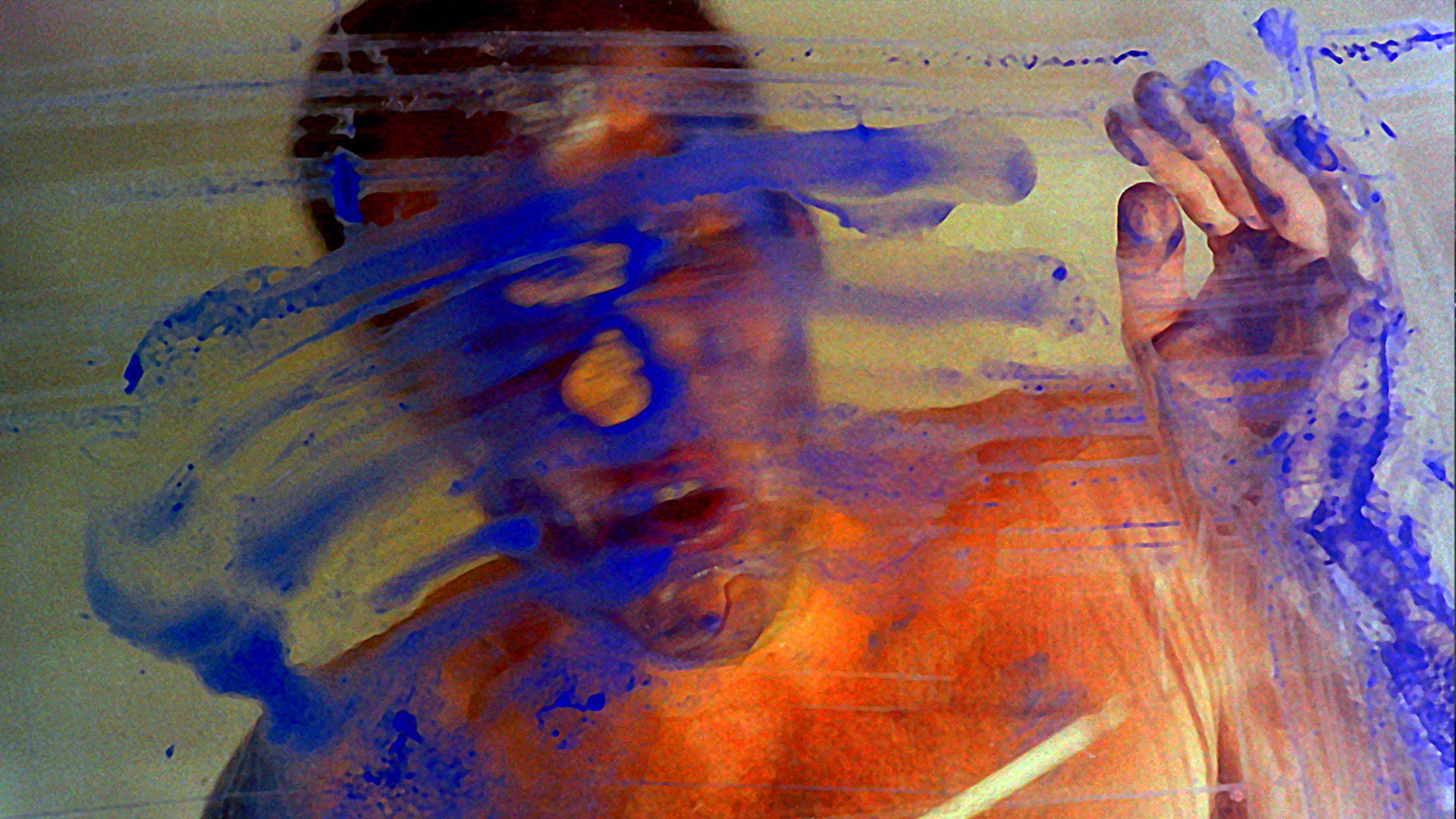Live Action – 20 Years
Live Action celebrates its 20th anniversary under the theme of Freedom—arguably one of the most profound and essential concepts for humanity, alongside survival itself. Freedom is a complex and layered notion, touching nearly every dimension of social life. Yet it remains a word — perhaps the word — that resonates most profoundly across cultures and histories. Freedom and its core significations are key to all people.
Reaching 20 years as an annual performance art festival is no small achievement. When Live Action was founded two decades ago, we did not foresee such a long trajectory —perhaps we should have. But would it have changed anything? Probably not. The festival began as a project, and over time, it evolved into a living, dynamic platform.
Its continued existence has been made possible through the unwavering support of our key institutional partners: the City of Gothenburg, the Region West of Sweden, and the Swedish Arts Council — to whom we are deeply grateful. Their commitment makes our non-profit structure and its vision of cultural democracy viable, enabling us to bring performance art into both public space and formal evening programs at our generous institutional partner, 3:e Våningen. Their support reflects a shared belief in the importance of visibility and access for contemporary performance art.
Cultural Democracy
Our programming and production model is grounded in a simple but powerful principle: cultural democracy, with the objective to make contemporary art accessible to all citizens, regardless of social background, gender, economic status, or ethnicity. This is one reason why, from the very beginning, we have insisted on presenting performance art directly in the streets of Gothenburg’s city center — where the people are — through a dedicated program called Common Ground, held on Thursday, Friday, and Saturday afternoons. Likewise, our evening programs at 3:e Våningen remain free of charge, offering an art-interested public the opportunity to experience four performances per evening.
Gender equality & Internationalism
Live Action’s, commitment to gender equality, proposing refined, eclectic, and balanced programs with an open aesthetic outlook is an approach that we believe contributes to the festival’s depth and sophistication.
Since its inception, Live Action has embraced an international perspective, and initiated in its early years, festival projects abroad in partnerships, such as Infr’Action Paris realized in collaboration with Infr’Action Sète and presented in four editions at the Swedish Institute 2007 to 2010.
But also Venice Live, which took place during the Venice Biennale preview every second year between 2011 and 2017, reaching the heart of the international art scene. We also organized two editions of Live Action New York in 2009 and 2010, bringing Nordic artists to the international art capital at the Scandinavian House on Madison Avenue and Grace Exhibition Space in Brooklyn — one of the most prominent venues for performance art in New York.
This year, in a celebration of our 20th anniversary we reinvent our international commitment, with a new innovative artist centric project called Exchange, realized in its first edition in a partnership with the international performance art festival VIVA ! Art in Action, in Montréal, Canada.
Live Action’s 20 years of existence is grounded in a commitment to artistic freedom — the freedom to explore, to challenge, and to create without compromise. From the beginning, the festival has been driven by a desire to expand access to contemporary art beyond traditional institutional boundaries, making it visible, present, and resonant in public space. We believe that performance art — raw, immediate, and often ephemeral — has a unique power to reach people directly, across cultural and linguistic divides.
Live Action operates in the dynamic and sometimes volatile tension between artist and audience. It is in this space — charged with vulnerability, unpredictability, and exchange — that meaning emerges. Our aim has never been to simply present work, but to create encounters: moments of presence, dialogue, and reflection. Over two decades, this has shaped Live Action not just as a festival, but as a living platform for risk-taking, empathy, inclusivity, as a vital democratic force and expression of artistic freedom.


















